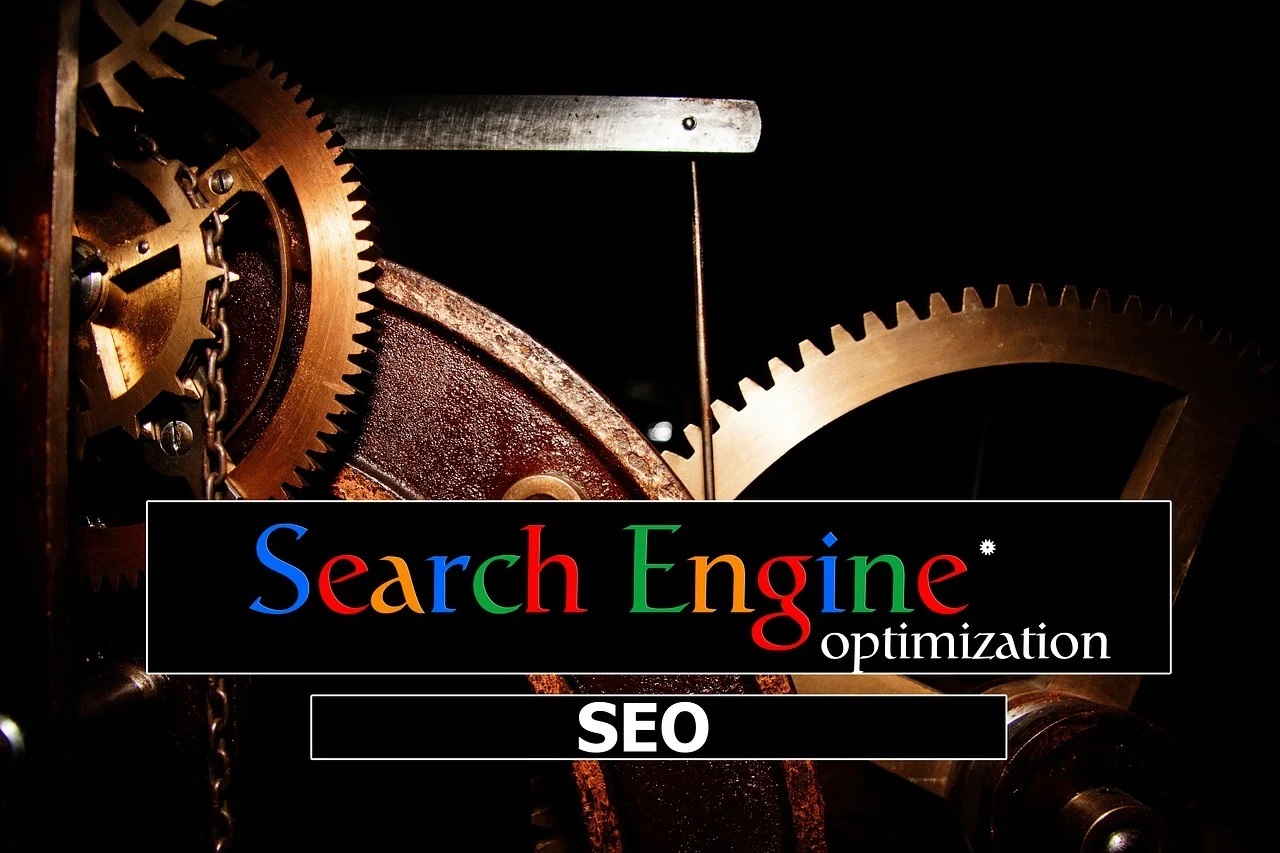Presentation:-
Information security in the computerized age is a basic worry as our lives progressively move on the web. Safeguarding individual data has become vital for protect people’s freedoms and forestall abuse of information. In this itemized guide, we’ll investigate methodologies for safeguarding individual data in the computerized age.
- Solid Passwords and Confirmation:
System: Utilize solid, interesting passwords for each internet based account.
Clarification: Powerless passwords are a typical section point for programmers. Solid, extraordinary passwords make it hard for unapproved people to get to your records. - Keep Programming and Gadgets Refreshed:
Technique: Consistently update your working framework, applications, and antivirus programming.
Clarification: Updates frequently incorporate security fixes that fix weaknesses. Obsolete programming can be taken advantage of by aggressors to get to your gadget or information. - Utilize Secure Associations (HTTPS):
Technique: Guarantee sites use HTTPS (secure, encoded associations) while sending individual information, particularly during internet shopping or signing into accounts.
Clarification: HTTPS encodes information on the way, making it harder for aggressors to block and take data. - Be Careful of Email and Informing:
Methodology: Abstain from tapping on dubious email connects or downloading connections from obscure sources. Be mindful of email or informing demands for individual data.
Clarification: Phishing assaults frequently use email or informing to fool clients into uncovering delicate data. Check the shipper’s genuineness and really reconsider sharing individual information. - Grasp Security Settings:
Procedure: Audit and change protection settings via virtual entertainment stages, applications, and online administrations to restrict the information they gather and offer.
Clarification: Numerous internet based benefits gather and offer client information as a matter of course. Understanding and redoing protection settings can assist you with controlling what data is shared. - Utilize Virtual Confidential Organizations (VPNs):
Procedure: Consider utilizing a VPN administration to scramble your web association and cover your IP address.
Clarification: VPNs add an extra layer of safety, making it hard for outsiders to screen your web-based exercises. - Secure Wi-Fi Organizations:
Methodology: Safeguard your home Wi-Fi network with areas of strength for a, and try not to utilize public Wi-Fi networks for delicate exchanges.
Clarification: Unstable Wi-Fi organizations can be helpless against snoopping and hacking. - Limit Information Sharing:
Methodology: Be mindful while sharing individual data on the web. Just give important subtleties, and think about the ramifications prior to posting via online entertainment.
Clarification: Restricting information sharing lessens the openness of your own data to likely dangers. - Routinely Back Up Information:
Technique: Consistently back up your information to an outside hard drive or secure distributed storage.
Clarification: in the event of information breaks or ransomware assaults, having reinforcements guarantees you can recuperate your information without paying payoff or losing basic data. - Teach Yourself and Remain Informed:
Procedure: Remain informed about the most recent dangers and information security best practices.
Clarification: Network protection dangers are continually advancing. Instructing yourself about arising dangers and best practices is vital for remaining secured. - Use Security Improving Advancements:
Technique: Investigate advancements like encryption instruments, mysterious perusing, and protection centered web crawlers.
Clarification: These innovations add an additional layer of security assurance by making it hard for outsiders to track and gather your information. - Conform to Information Security Guidelines:
Methodology: Get to know information assurance guidelines like GDPR (General Information Security Guideline) or CCPA (California Shopper Protection Act) and guarantee you consent to them.
Clarification: These guidelines give legitimate systems to information security and protection privileges. Consenting to them safeguards your information and guarantees that organizations dealing with your data do so mindfully. - Routinely Screen Records:
Methodology: Screen your bank and online records routinely for any dubious exercises.
Clarification: Recognizing unapproved access or deceitful exchanges early can limit the effect of an information break or cyberattack. - Utilize Scrambled Informing Applications:
System: Consider utilizing scrambled informing applications like Sign or WhatsApp for touchy interchanges.
Clarification: These applications utilize start to finish encryption, guaranteeing that main the expected beneficiary can peruse your messages. - Utilize Biometric Verification:
Procedure: At whatever point accessible, use biometric verification strategies like unique finger impression or facial acknowledgment to get your gadgets.
Clarification: Biometric information is challenging to recreate, giving an extra layer of safety.
All in all, safeguarding individual data in the computerized age requires a proactive methodology and consciousness of expected dangers. Carrying out these methodologies can assist people with shielding their information and keep up with command over their web-based protection. Moreover, remaining informed about developing online protection dangers and consistently refreshing your security rehearses is fundamental in an always changing advanced scene. Information security is a crucial right, and people should do whatever it takes to safeguard it in an undeniably associated world.










